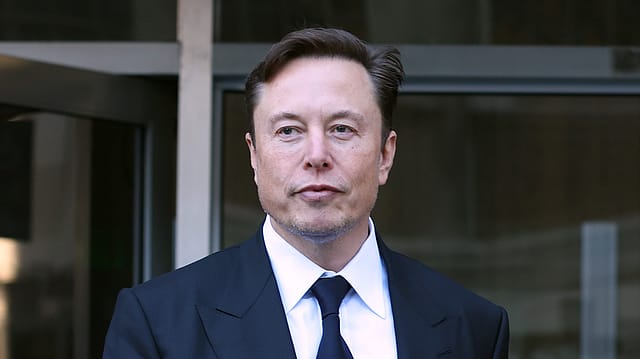Elon Musk's Starlink gets final nod from IN-SPACe: What it means for satellite internet access in India
ADVERTISEMENT

Space regulator Indian National Space Promotion and Authorisation Centre (IN-SPACe) has granted authorisation to Elon Musk-led Starlink to offer low Earth orbit (LEO) satellite communication services in India. After receiving the final authorisation, which is valid for five years, Musk-led Starlink can enter India's satellite internet market, though the rollout of services is contingent on regulatory approvals and mandatory clearances. The IN-SPACe approval comes following DoT's authorisation to Starlink in June.
What does this mean for Starlink?
The final approval marks a crucial milestone that will pave the way for the Musk-led company to launch its commercial satellite operations in the country. The Elon Musk-led company has been waiting for regulatory approvals since 2022 to operate legally in India. With this approval, Starlink has become the third company to enter the satellite space in India after Reliance Jio and Eutelsat's OneWeb, in which Bharti Airtel, led by Sunil Mittal, is a shareholder.
Another major satellite player, Jeff Bezos-led Amazon's Kuiper, is also vying for a satellite internet services license in India, though it is yet to receive the final approval to operate in the country.
What's going to be the next step for Starlink?
The next step for Starlink is to secure spectrum from the government, which will likely be assigned in the coming months. It also needs to set up infrastructure on the ground. One of the most critical aspects of Starlink's India foray will be its compliance with the country's security rules.
January 2026
Netflix, which has been in India for a decade, has successfully struck a balance between high-class premium content and pricing that attracts a range of customers. Find out how the U.S. streaming giant evolved in India, plus an exclusive interview with CEO Ted Sarandos. Also read about the Best Investments for 2026, and how rising growth and easing inflation will come in handy for finance minister Nirmala Sitharaman as she prepares Budget 2026.
How big is Starlink?
Starlink operates the world’s largest satellite constellation, with more than 6,750 satellites currently in orbit, serving millions of active customers around the globe with high-speed, low-latency internet. These satellites, orbiting at 550 kilometres compared to 36,000 kilometres for geostationary satellites, offer low latency (time delay between a request and response measured in milliseconds) globally.
Why is it not as easy as it sounds?
Starlink aims to tap into areas that remain unconnected to traditional networks. However, this access won't come cheap. Users in remote areas will need customer premise equipment (CPE), which currently costs around $300 (₹25,500). This is a high price for a country like India, where users may not be willing to spend that much money. In addition to this, Starlink will have to bear an 8% license fee. It will also pay an additional spectrum usage charge (SUC), the details of which are yet to be announced.
What is the tie-up between Starlink, Jio, and Airtel?
As part of the tie-up, both Airtel and Jio will sell Starlink hardware through their stores, offering it as another means for consumers to stay connected. Under the agreement, Starlink gains access to the retail outlets of Jio and Airtel. The telcos will assist Starlink in setting up services for customers via various devices such as the Starlink dish, the router, the Starlink cable, and the AC cable. Airtel plans to utilise this technology to expand services in schools and remote healthcare locations.
